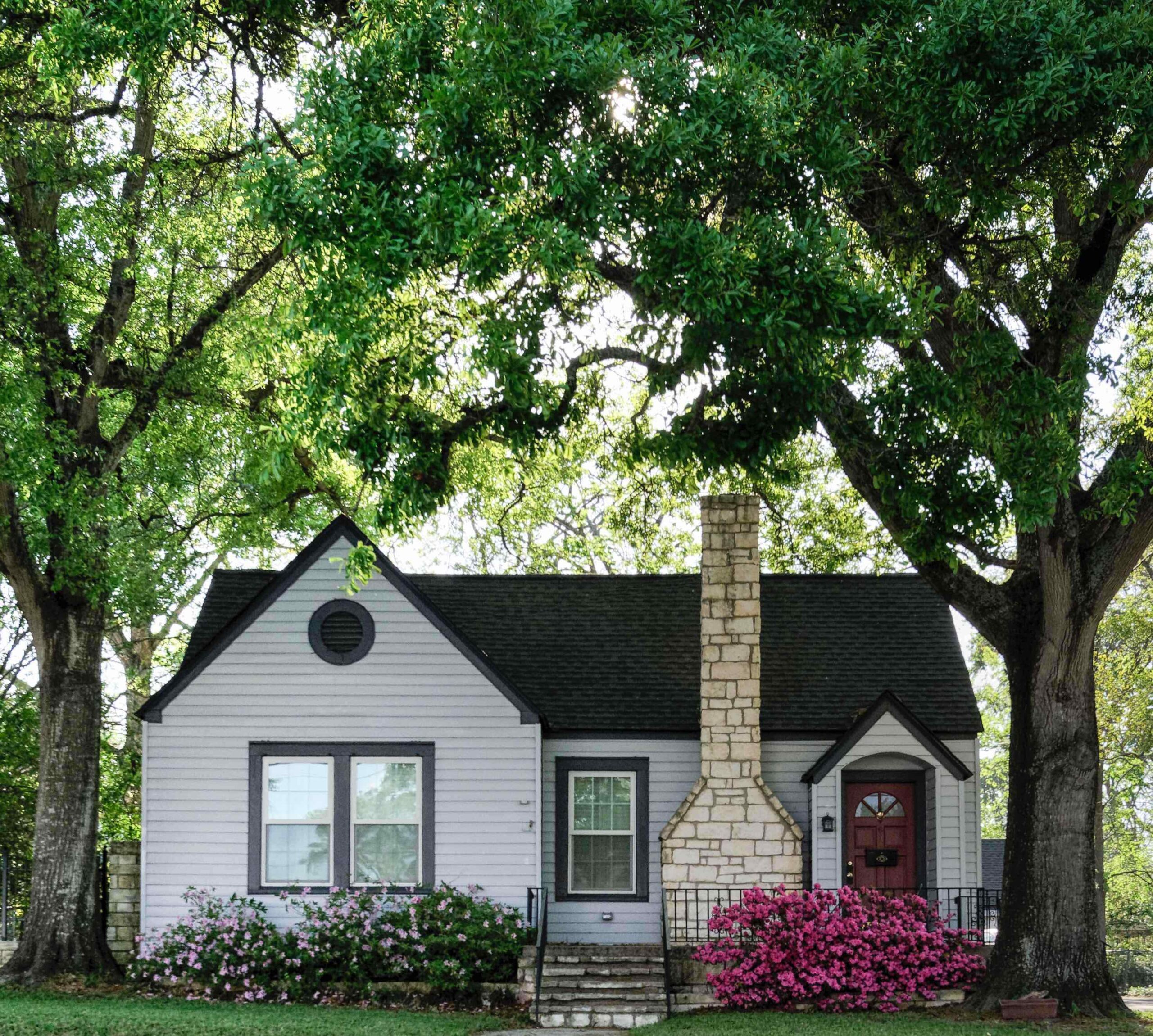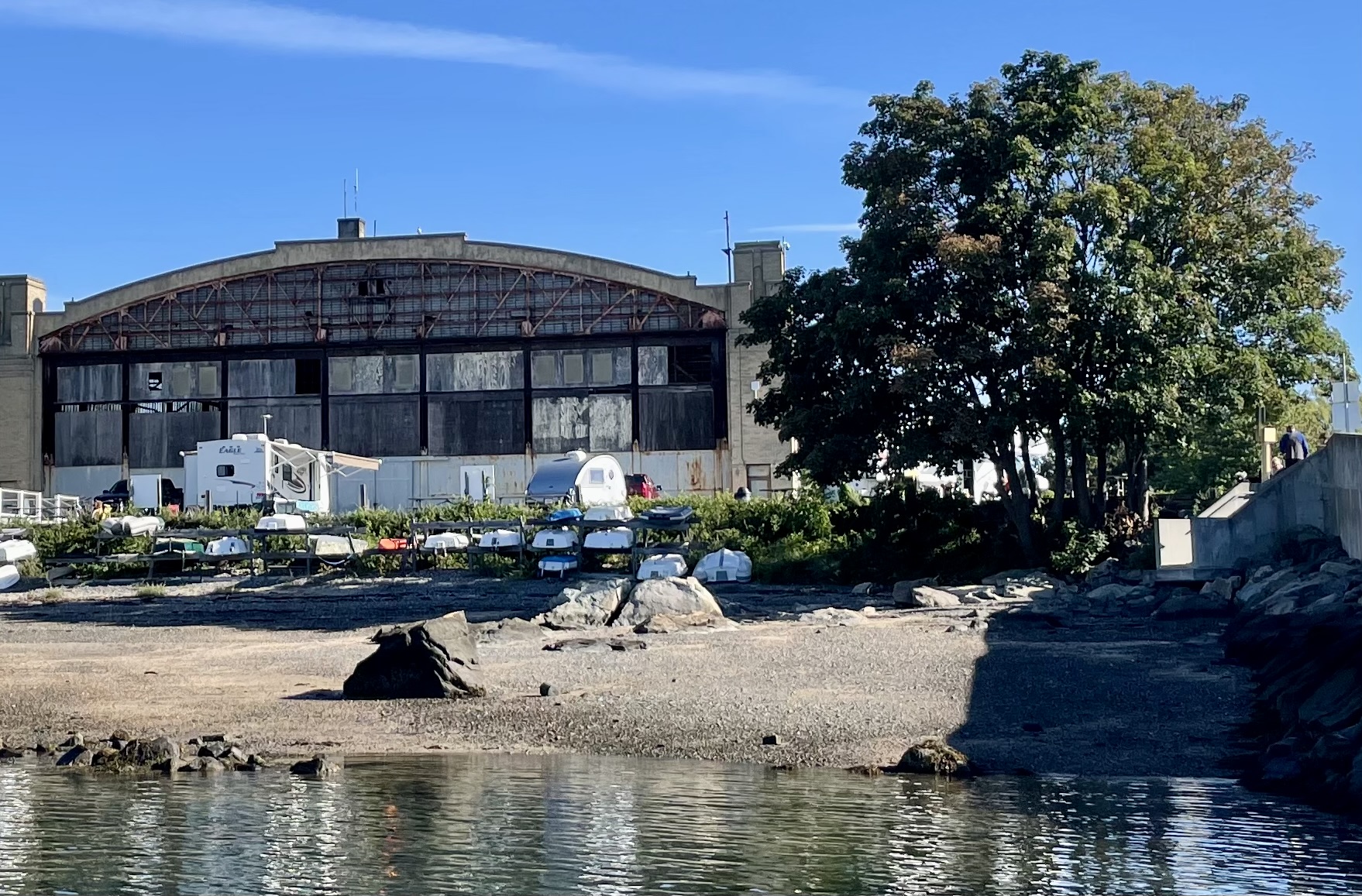Last weekend, I stayed at the urban campground on Winter Island in Salem, MA. Although parked on pavement, the view of the harbor and the proximity to Salem make it an appealing place. Over the years of visiting Salem, I have toured the Witch Museum, learned about the Salem Witch Trials, and enjoyed meandering through the exhibits of the Peabody-Essex Museum. So, Salem was freshly in mind when I walked through the doors of the Massachusetts Historical Society last night to attend a panel discussion on “Caribbean Americans & Politics”.
In response to the opening question about the history of Caribbean immigrants in Boston, former Representative Byron Rushing underscored that the first Caribbeans arrived not by choice but by force through enslavement–as early as the 1640’s following the Pequot War. Then, Lt. Governor Kim Driscoll, reminded us that one of the first women to be accused of witchcraft, Tituba, was from the Caribbean. Tituba is believed to have been a Native American from a South American tribe, captured and then enslaved on Barbados. Bought by the Rev. Samuel Parris in Barbados, Tituba traveled with Parris to Salem where she labored in his kitchen and slept beside his daughter and niece. Driscoll highlighted that this familiar story of the Salem Witch Trials also reveals to us the presence of multi-cultural households in colonial America. This too is part of our story.
In the book, “Brethren by Nature: New England Indians, Colonists, and the Origins of American Slavery,” author Margaret Newell describes the presence of many indentured and enslaved Native Americans in New England households, effectively creating a hybrid society of mutual influence. In the absence of elaborate slave codes, she suggests, “Colonial legislatures in New England made slavery personal, in that they left it to the individuals involved and to local communities and local police power to define and negotiate who was a salve and who was not.” (2013, p13) In a real sense, the practices of enslavement became defined in the home and hometown.
Reflecting on Newell’s scholarship in conversation with Lt. Gov. Driscoll’s comments, I am struck by how reframing the description of colonial households as hybrid and multicultural shifts how we might tell the story of our national origins. Today Salem is among the most diverse cities in Massachusetts. Perhaps when we reframe the colonial origin stories to more fully include the constructive impact of indentured and enslaved Indians and Africans on New England households, we might underscore how such cultural diversity is nothing new, but a part of New England from the beginning.

